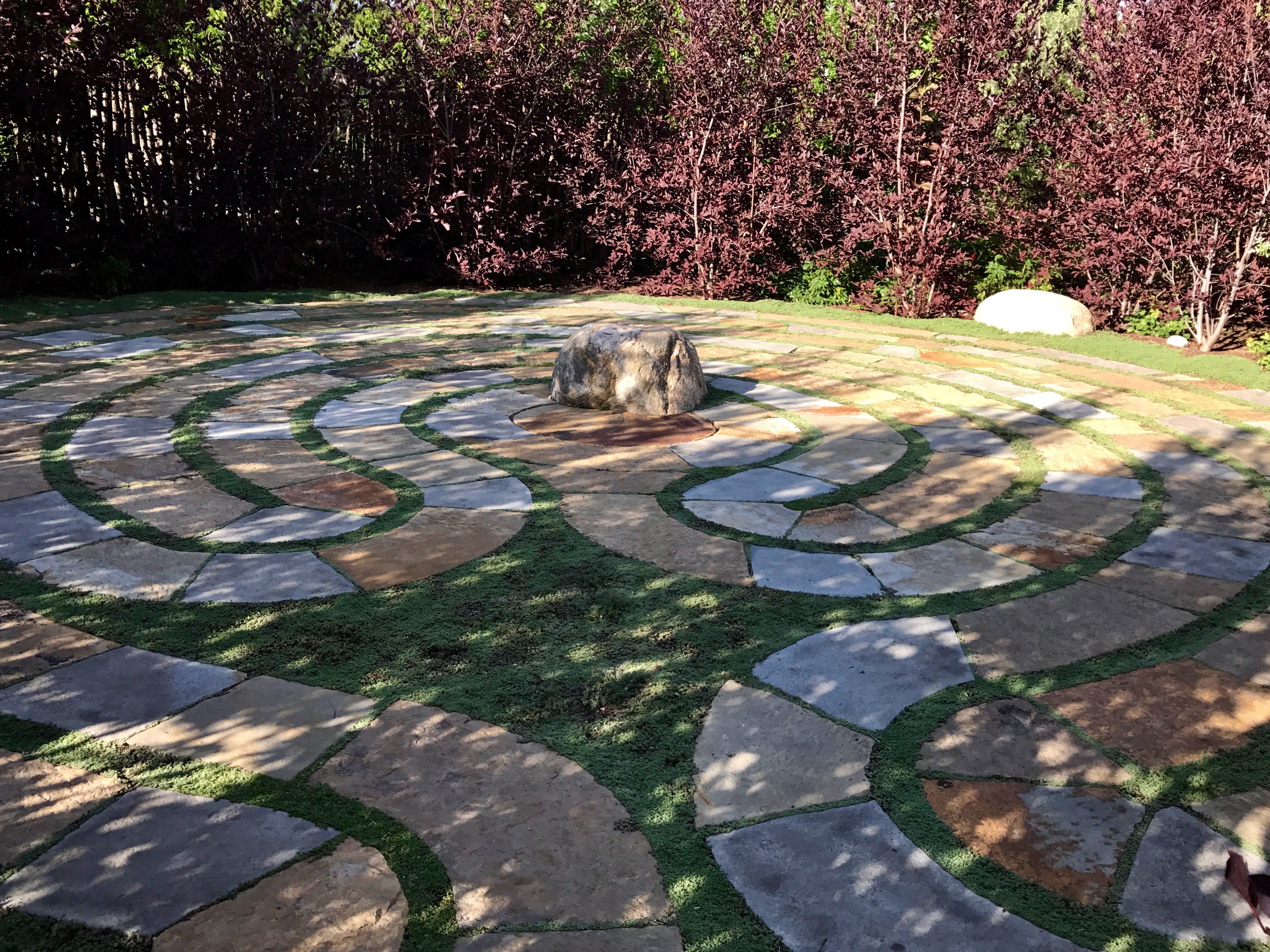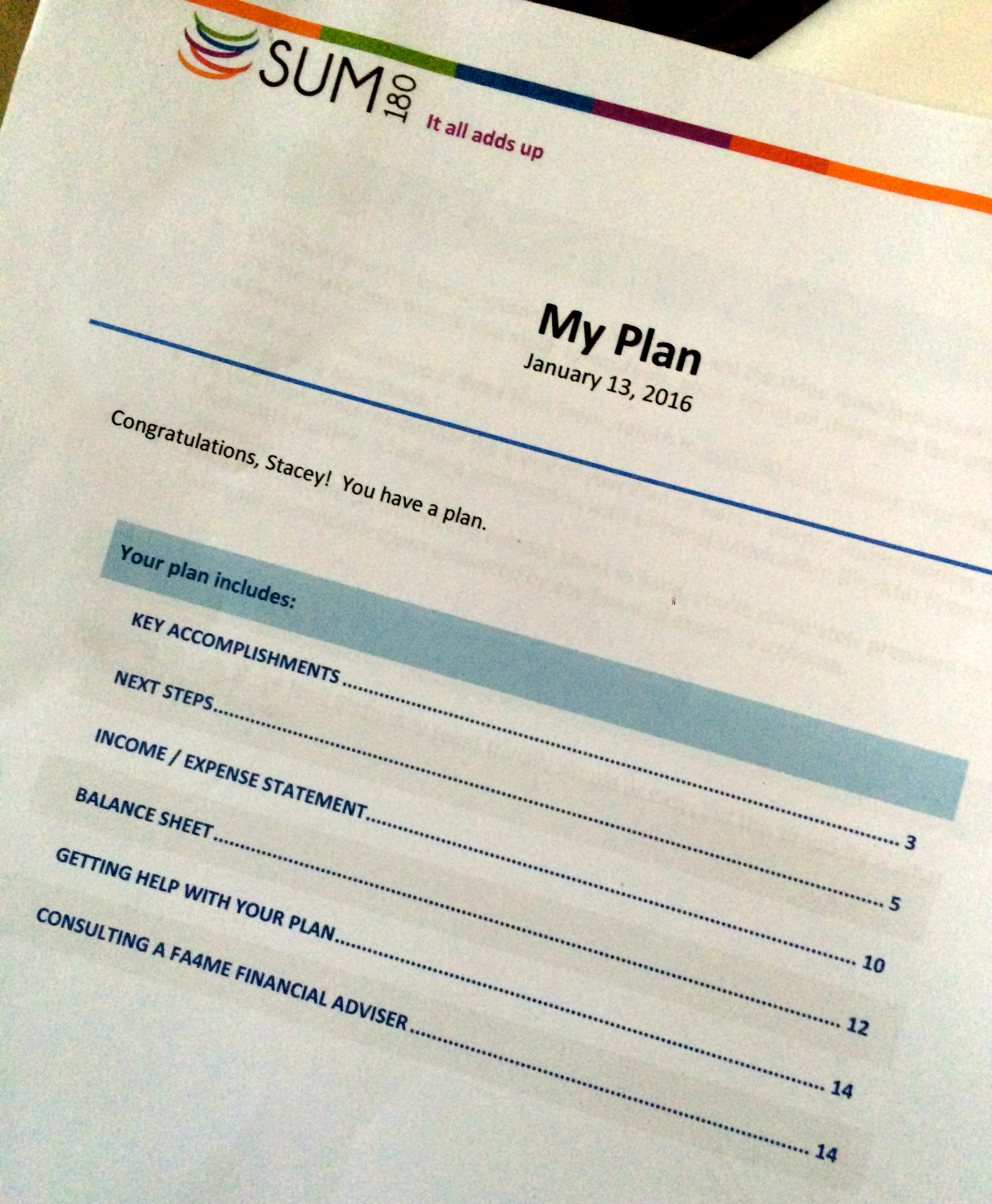Happy Sunday! I hope all of my American readers had a nice Fourth of July. I admit, living through a pandemic is challenging. It has impacted so much of our lives and what we consider to be normal. In my wonderful town, the holiday usually starts with a huge street dance downtown with live bands, food, and loads of families dancing in the street on July 3rd. The Fourth then starts off with a morning Independence 5k run, pancake breakfast hosted at a nearby elementary school, a 10:00 parade (This is a yearly highlight for our town), an afternoon filled with assorted activities, and then the grand finale of fireworks for all to enjoy. This year it was all quiet as most people followed the stay-at-home orders and our town’s Independence Day plans were cancelled.

Trying to maintain a sense of normalcy is more challenging than ever. I recently read, What I’ve Learned from Teaching Mindfulness in NYC Public Schools by Brian Simmons which I found to be very interesting. As a practitioner of both meditation and journaling, and as a teacher, I loved seeing how mindfulness is helpful to students in a classroom setting. The article clearly shows that learning the skills of mindfulness not only helps students navigate life, it improved their ability to focus, improve grades, and improve family relationships. It gave them an extra tool in their toolbox to help them deal with Covid. That is pretty powerful!
So how do we get there? Mindfulness is a skill and a way of life. It’s one thing to learn the skill. It’s another to make it part of your life. For example, you can know how to read without being a “reader.” Learning the skill is step one, and building it into your daily routine is step two.

7 Strategies for Making Mindfulness a Way of Life
Take advantage of these ideas to incorporate mindfulness into your daily life:
- Start your day with mindfulness. If you want to make mindfulness a habit, it’s important to practice being mindful throughout the day.
- Begin your day with mindfulness before you even get out of bed. Notice all the physical sensations of your body. Do you have any aches or pains? What part of your body feels the most pressure on your bed?
- See how long you can lie still before your thoughts drift to something other than your body or your immediate surroundings.
- Be mindful of your body. Continue to be mindful of your body throughout the remainder of the day. This is a great way to anchor your attention to the present. When you find your attention wandering, put your focus on your breath. Or notice the parts of your body that are touching the floor. Are you feeling hot or cold?
- Use routine activities to hone your mindfulness skills. One of the best ways to create a mindfulness habit is to be mindful during your daily tasks. This includes things like brushing your teeth, showering, driving, mowing the lawn, and so on.
- Eating. Be especially mindful during eating. Chew your food slowly and be fully aware of how your food tastes and smells.
- Conversing. Give your full attention to your conversations and the other people involved. Are you listening with your full awareness, or are you impatiently waiting to speak again?
- Use music as mindfulness practice. Listening to music is another great opportunity to practice mindfulness with your sense of hearing. Try to identify each instrument in the song. See how well you can keep your focus on the music instead of allowing other thoughts to intrude.
- Ride out cravings. When you suddenly have an urge to do or eat something you know you shouldn’t, resist that urge. Notice your thoughts and body sensations. Keep your attention on them until they fade away. It happens quicker than you think.
- This can be helpful when you have the urge to eat unhealthy food or text your ex.
- Put your phone away. Your smartphone can be a huge distraction and obstacle to mindfulness. Avoid checking your email or social media accounts until a suitable time. This is another opportunity to ride out your urges, too.
- Do a little experiment and see how long you can go without checking your phone. See how long you can go without thinking about your phone. You might be surprised by the results.
- Set a reminder. A timer can be an effective way of cueing you to be mindful. When the timer alerts you, remind yourself to be mindful and immediately practice mindfulness. Refocus your attention on whatever you’re doing at that moment.
Mindfulness is a wonderful thing. It can relieve stress, increase enjoyment, increase productivity, reduce anxiety, and help you to build a more accurate view of the world.
Knowing how to be mindful isn’t enough. You have to make it a habit that you rely on throughout the day. Make mindfulness a part of your life and watch the transformation.
I hope these strategies help you make mindfulness a part of your daily routine. I know that mindfulness, journaling and meditation has truly helped me in life.











